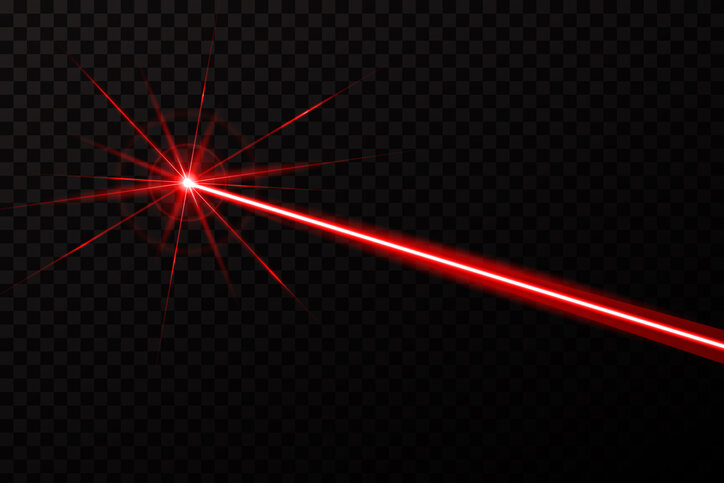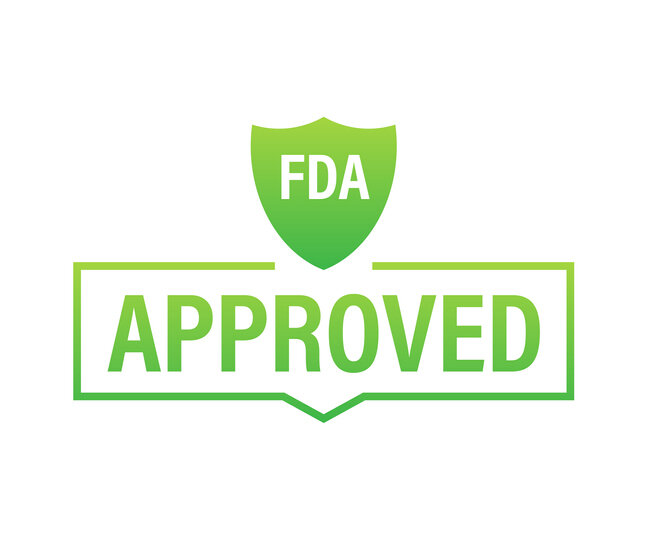Laser Use In Dentistry
Lasers have been used in medicine and dentistry for a few decades with surprisingly good application in some areas and poor in others. In 1917, Albert Einstein first theorized about the process which makes lasers possible. It wasn’t until 1958 that the first laser was invented by Gordon Gould, who only won his patent suit for it in 1977. The name LASER is an acronym for Light Amplification by the Stimulated Emission of Radiation.(1) A laser is essentially a single color of light concentrated into a narrow beam which transfers its energy to the target causing heating. The use of lasers in medicine was mostly experimental until the mid-90’s when they were approved for use by the FDA.
Lasers can be used in dentistry both on teeth, bone, and soft tissues and on infants, children or adults. The advantages of using lasers over scalpels include greater precision, a relatively bloodless surgical and postsurgical course, sterilization of the surgical area, minimal swelling and scarring, coagulation, vaporization, cutting, minimal or no suturing, and less or no postsurgical pain. (2)
There are several different types of lasers available to dentists. The choice of which laser to use depends in the procedure it is being used for. Unfortunately, the use of lasers on teeth is very limited due to the fact that they can’t be used to remove existing dental work, and are very imprecise. Due to the inherent imprecision, crowns, bridges, onlays and most fillings cannot be done using lasers. Small fillings on teeth that have not been previously filled can be done without anesthesia using lasers, making them more useful in pediatric practices.
The use of lasers to cure periodontal disease is not as clear cut as the use of lasers on soft tissue lesions in general. Last year the American Academy of Periodontology (AAP), the leading professional organization dedicated to the dental specialty of periodontics, has published its “best evidence consensus” (BEC) panel proceedings on the topic of laser usage. The group found that when laser treatment is used in addition to mechanical treatment, similar or slightly better clinical outcomes are observed when compared with laser usage alone. Current evidence suggests that there is no additional benefit to lasers beyond what is seen with traditional periodontal surgery. (3)
Where dental lasers really shine is their use on soft tissue lesions. Akbulut et. al. concluded in 2013 that the use of the 810-nm diode laser may indeed be the best choice in oral soft tissue surgery due to patient acceptance and satisfaction, without compromising health and function. Its wavelength is poorly absorbed by teeth and bone, the laser is safe and well indicated for soft oral tissue surgeries in regions near the dental structures and for cutting, vaporization, curettage (cleaning), blood coagulation, and hemostasis (stopping blood flow) in the oral region. The laser instantly disinfects the surgical wound as well as allowing a noncontact type of operative procedure and therefore no mechanical trauma to the tissue. (4)
Precise Diode Laser
In my practice, I find the use of a diode laser combined with the use of a microscope to be a game changer. My love for the laser is due to its ease of use, precision, lack of blood and coagulation. I am able to achieve superior results with virtually no intra-operative or post-operative complications that scalpels other technologies cannot duplicate.
In summary, lasers in dentistry are much more useful for soft tissues, don’t appear to be any better when used alone for gum surgery, and are almost useless on teeth. They are very precise, easy to use, keep the field dry, and cause little to no post-operative complications.



